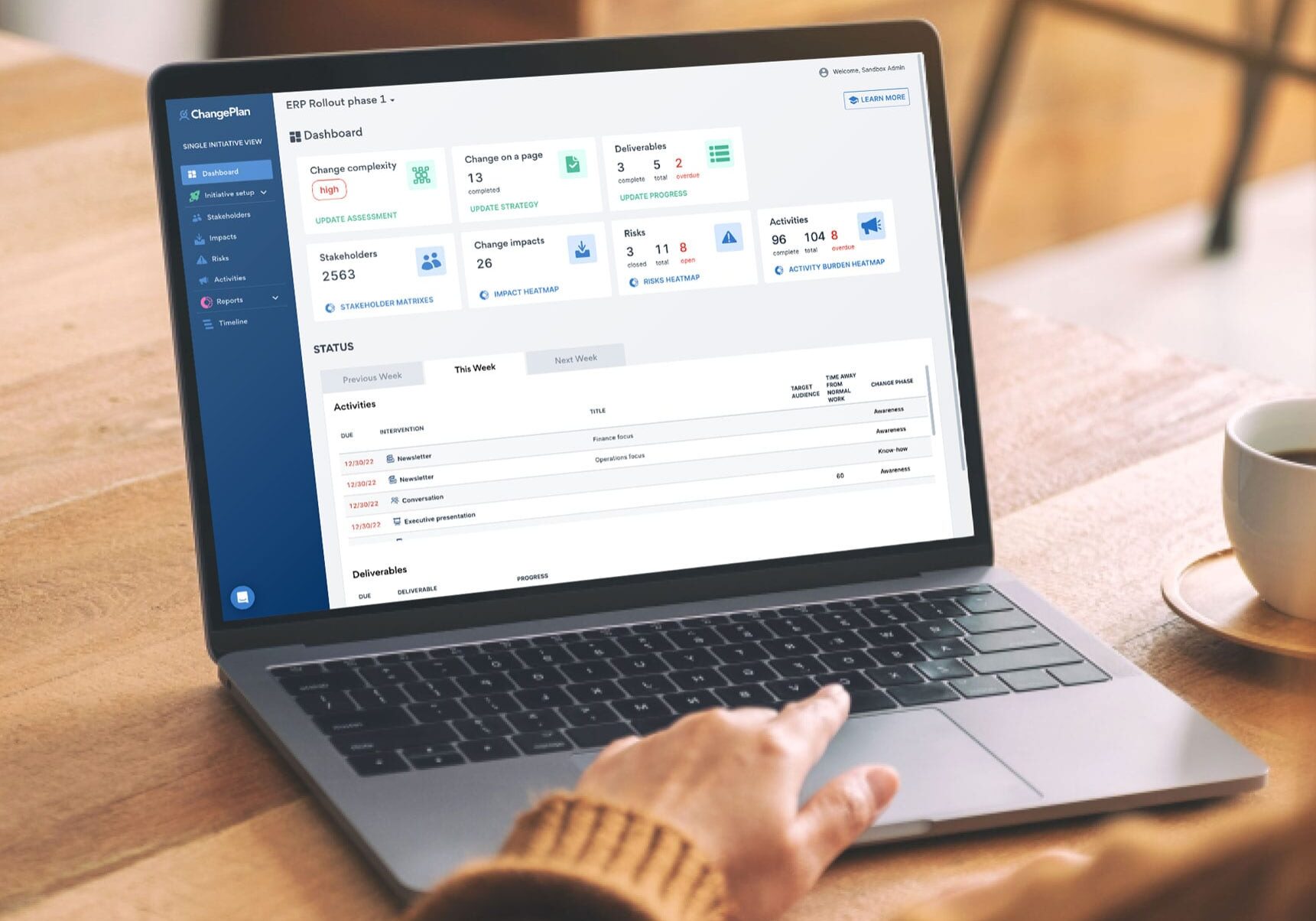Although we Change Managers are generally a thoughtful bunch, we’re often negligent in how we reflect on projects post implementation.
Does the scenario below sound familiar?
You’ve ended an arduous eighteen month long project and you’re finally wrapping-up, getting ready to hand operations and warranty over to the business. Your team members are congratulated for a job well done. The project team is thinking forward to their next exciting opportunity. You’ve completed a Post Implementation Review (PIR) report, a process which had you looking back over all the twists, turns, and bumps in the road, considering what you did well and what could have gone better. In this PIR report, you’ve outlined some significant lightbulb learning moments, opportunities to mitigate risks better and ways to pivot faster to accommodate stakeholder needs next time. You even went out of your way to document everything in a beautiful slide deck.
And… what happens next? The awful truth is that most valuable learning captured in post implementation review goes unshared, unseen and forgotten, even by those who wrote it.
Six top-tips to help valuable learnings become embedded actions for you, your organization, and the wider change community:
1. Ask Easy-To-Answer Questions
Ask the project team to share their previous valuable learnings from earlier projects on day one. Ask everyone for three to five things they would have done differently in their last project. You’ll get some simple, easily actionable ideas for discussion and agreement on day one.
2. Super Organize your Naming Conventions
Agreeing on document naming conventions and where artefacts are stored can save many hours of administration if you set up guidelines and communicate them to the team from project inception.
3. Document Whenever Possible
Set up a wiki page or whiteboard and encourage team members to use it throughout the whole project. If the Change team find flaws in their pulse check processes and adopts a different strategy, the rest of the project may miss out if they don’t hear about it until the PIR.
4. Encourage Oversharing
Regularly share any lessons in project update meetings to foster an environment of continuous improvement and sharing (ChangePlan makes it easy for multiple projects in an organization to learn and share ideas and learnings.)
5. Reflect on Lessons Learnt
Retrospective meetings are standard practice in Agile project delivery, but even then, where do the learnings go once the retrospective meeting is finished? Sharing learning and collaborating with others to discuss different approaches and ideas elevates us all.
6. Grow as a Team… and as a Community!
Establish a community of practice. If you have nothing formal in your organization or community, set up a monthly information coffee with other change managers and share lessons learned. You’ll get some gems!
Writing an article or volunteering as a guest on a podcast and sharing a few paragraphs on LinkedIn could be an excellent way to start. Frame previous learnings as positive actions and share with the community to uplift capability and position yourself as an authority in your project, organization, or the wider community.
How do you act on lessons learned? We’d love to hear.
Our platform ChangePlan makes it easy for Change Managers to document and share lessons learned throughout the project lifecycle, keeping these accessible so that your change team creates an ongoing institutional memory of what worked and what didn’t. If you don’t have ChangePlan yet, book your demo here.











